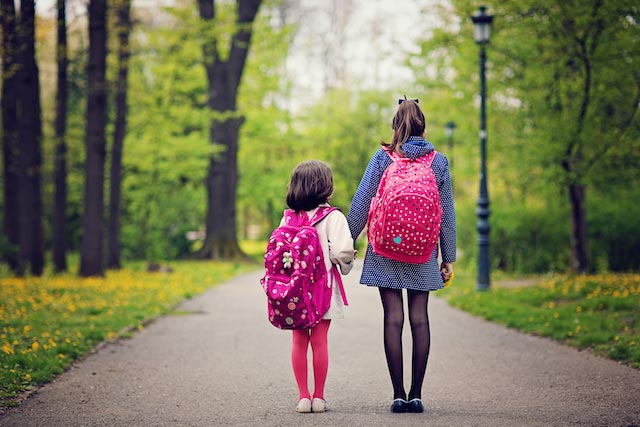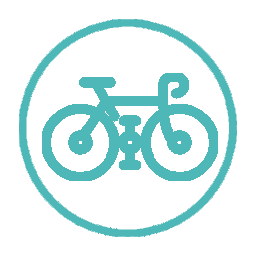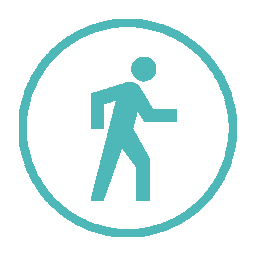Lesson Plans for Grades 4 to 6
In these lessons, students are led through scenarios that provoke decision-making around cycling, inline skating and skateboarding. They will learn to identify road risks as well as explore strategies to minimize them. They’ll also learn about being a safe passenger and pedestrian.
Working independently, or as part of a small group, these learning experiences are designed to meet a number of expectations found in the Ontario curriculum documents, including health and physical education, as well as language.
Teaching and learning strategies
- Allow students to combine health expectations with the arts (drama, role-play) and language, using Ontario curriculum to create authentic learning opportunities.
- Engage students in a range of cooperative and collaborative learning strategies that address differentiated instruction and multiple intelligences (kinesthetic learner).
- Engage students in higher-order thinking through open-ended questions that prompt learners to explore various ways of thinking, such as describing, analyzing, integrating, comparing and explaining.
- Coach and provide descriptive feedback to small groups of students or independent students during guided and independent activities.
- Provide formative assessment practices which will allow teachers to coach students and provide descriptive feedback to small groups of students or independent students during guided and independent activities.
Cross-curricular linkages
- Write and perform a short play that emphasizes the impact of poor decision-making about vehicle safety.
- Create short commercials about vehicle safety.
- Play charades to act out the effects of bad decisions about vehicle safety.
- Host a game show format event (for example, Jeopardy, Who Wants to be a Millionaire) that focuses on the rules and responsibilities of pedestrian safety.
- Write newspaper articles and illustrate pictures or take photographs about pedestrian safety.
- Create a talk show-style drama in which students who have been involved in a crash are interviewed.
- Create poems and songs with accompaniment about bike, skateboard, and rollerblade safety.
- Use the grid and coordinates on a map to recreate a crash scene. Or, describe the actions that should be taken in different scenarios to prevent a crash.
- Collect data on the number of students in the school who wear helmets when riding a bike, rollerblading or skateboarding, then graph the results and draw conclusions.
- Create two- or three-dimensional works of art which convey messages about bike, skateboard, and rollerblade safety.
- Research the use of bicycles and bike routes in Ontario. Examine the regions where the use of bicycles is significantly higher. Have students plot these areas on a map of Ontario.
- Research the developments of transportation over time. Ask students how developments have either reduced or increased the number of road safety injuries.
- Create fitness activity stations marked by road signs and have students perform an exercise at each station.

Find School Activities for your students’ Grade level and engage your school in road safety-related initiatives.

See the Community Engagement Kit for more ideas, tools and tips to bring together the community for a road safety event.

See Adaptation Tips for a list of tips and aspects to consider when adapting these activities to fit your class needs.



